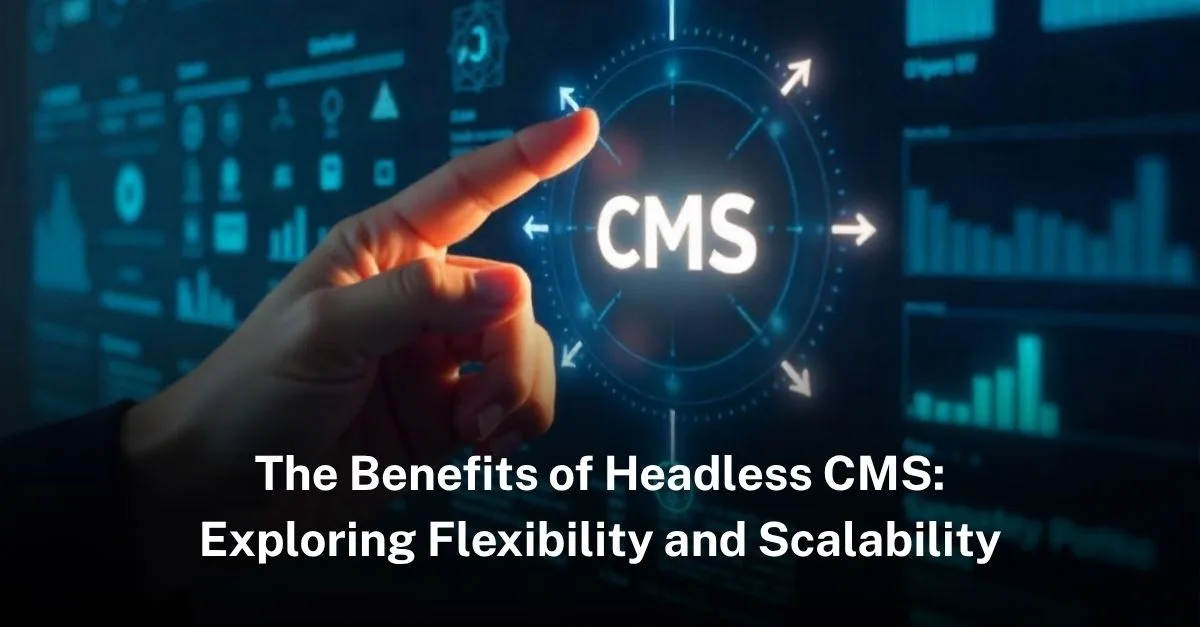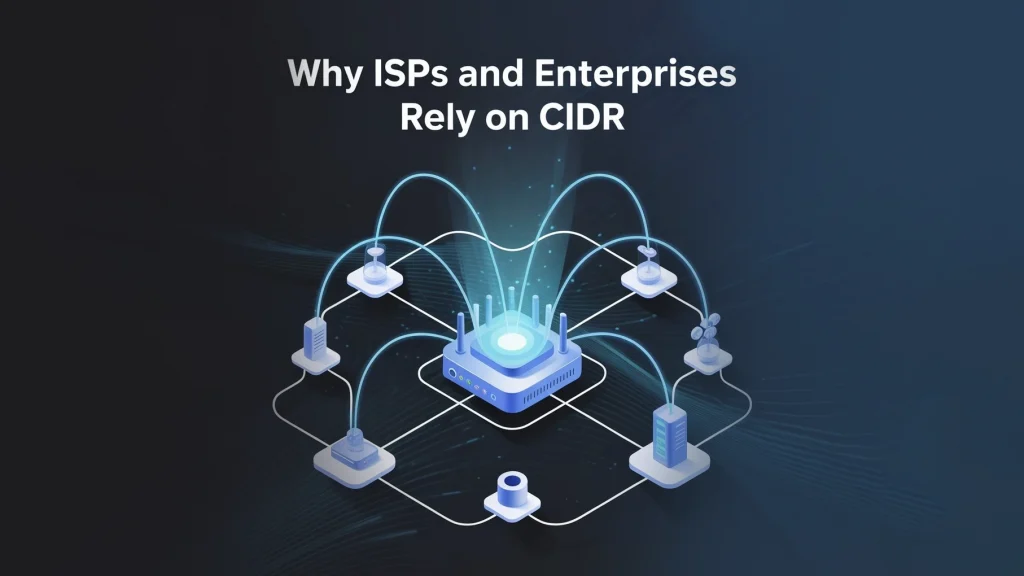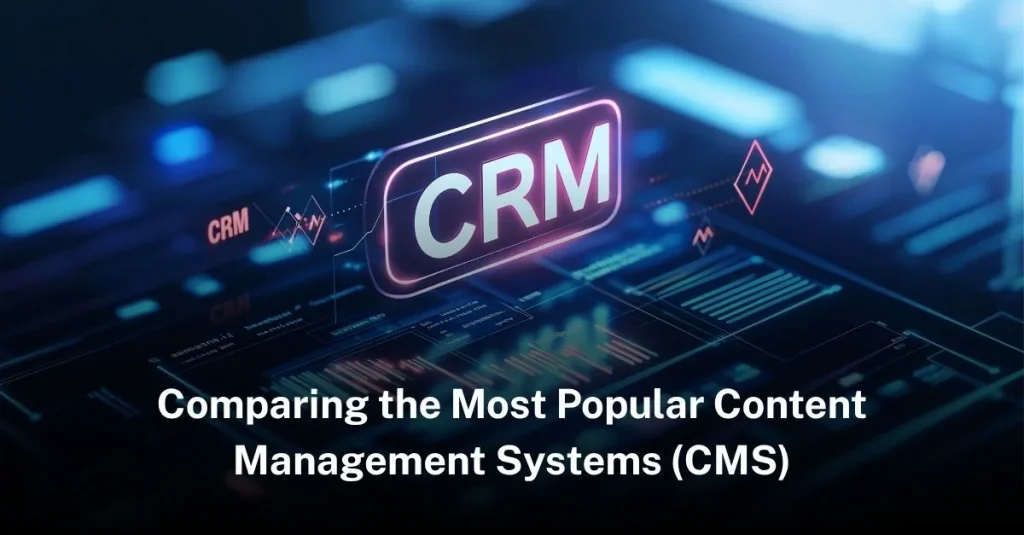Traditional CMS platforms, which combine both the backend and frontend layers, often struggle to meet the demands of modern web and mobile applications. This is where headless CMS comes into play, offering a solution that decouples the content management from the presentation layer, allowing for a more adaptable and future-proof approach to content delivery.
What is a Headless CMS?
A headless CMS is a backend-only content management system that provides a way to manage and store content but does not include a built-in frontend or presentation layer. Instead, it delivers content via an API (Application Programming Interface) to any frontend framework or device, be it websites, mobile apps, IoT devices, or digital displays. This separation allows developers to use any technology stack to create the user interface, offering greater flexibility and scalability.
Advantages of Headless CMS
Flexibility:
By decoupling the frontend from the backend, a headless CMS allows developers to choose the best tools and frameworks for their specific needs. This flexibility is particularly valuable in a rapidly evolving tech landscape.
Omnichannel Delivery:
A headless CMS can deliver content to multiple channels simultaneously, such as websites, mobile apps, smart devices, and more. This capability ensures a consistent user experience across different platforms.
Improved Performance:
Headless CMS platforms can provide faster load times and a more responsive user experience by delivering content directly through APIs, without the overhead of a traditional CMS’s rendering engine.
Scalability:
As businesses grow and their needs change, a headless CMS can easily scale to handle increased traffic and more complex content delivery requirements. This scalability is essential for businesses aiming for long-term growth.
Future-Proofing:
With the frontend and backend decoupled, updates or changes to one do not necessarily impact the other. This separation makes it easier to integrate new technologies and adapt to changing business requirements without overhauling the entire system.
Headless Content Management System
Headless CMS platforms like Strapi offer a modern approach to content management, addressing the limitations of traditional CMS by providing flexibility, scalability, and improved performance. By leveraging the power of a headless CMS, businesses can ensure a consistent and engaging user experience across all digital channels, preparing themselves for future technological advancements and growing demands.










Leave a Reply